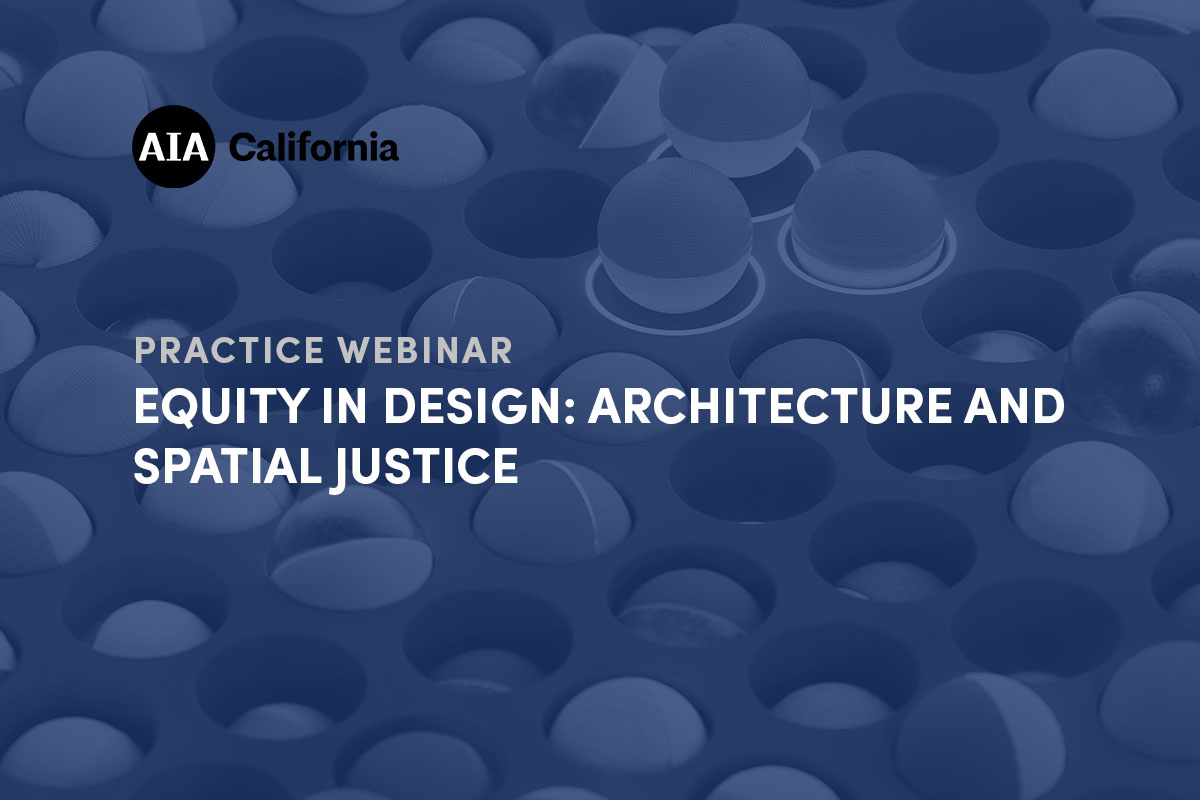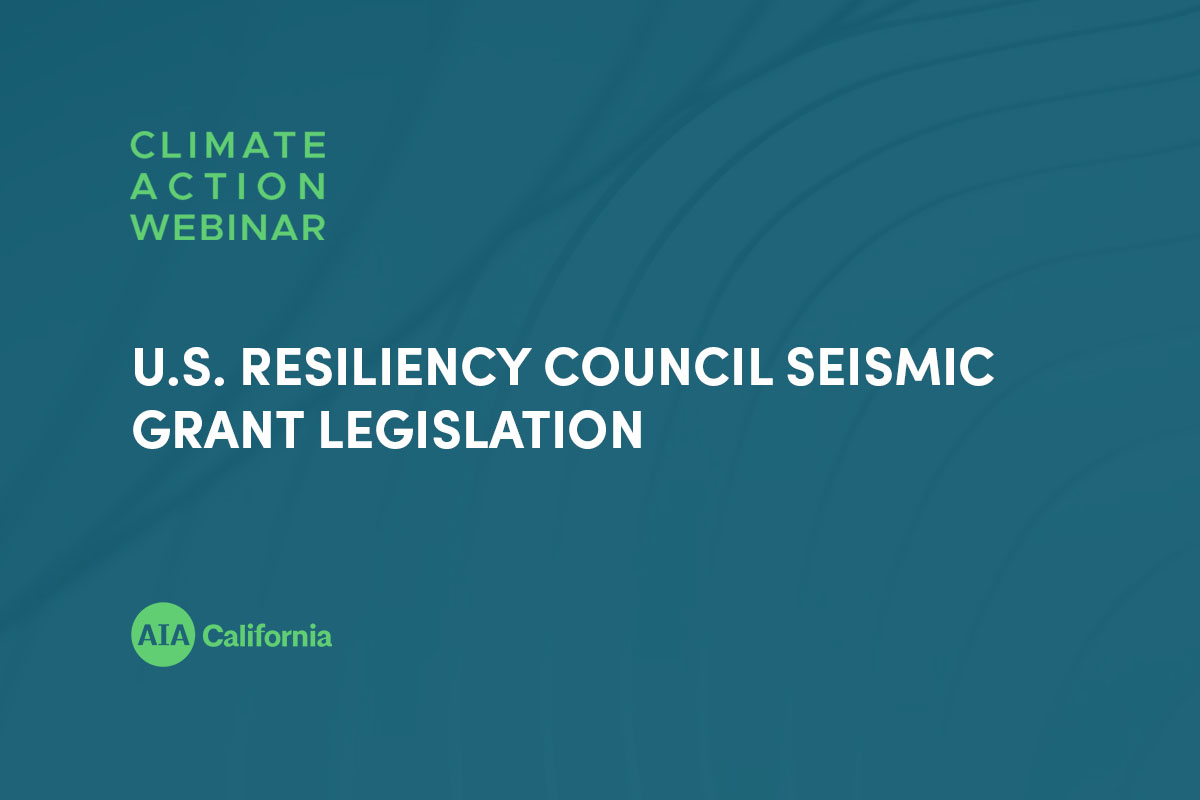Adaptive Reuse, Efficient by Default: Projects with Embedded Energy Efficiency
Did you miss this valuable Webinar? Scroll down to view the video. Speakers: Paul A. Mathew, Ph.D. | Lawrence Berkeley National LaboratoryMegan Dougherty, AIA, LEED AP BD+C, WELL AP, Fitwel Amb. | Perkins EastmanStephanie Kingsnorth, AIA, NCARB, LEED AP | Pfeiffer PartnersHeidi Lubin | e6 DevelopmentDay | Date | Time: Wednesday, August 31, 2022 | 12:00 PM – 1:00 PMAIA LUs: 1 LU / HSWDescription: There’s a wide array of commercially available, proven technologies to deliver deeper energy savings cost-effectively. The energy efficient integrated systems approach often requires significant expertise to ensure that they are designed, integrated, commissioned, and operated effectively. Furthermore, the customary practice of building energy retrofits is to treat such projects as standalone engineering projects, which is often too disruptive to the building occupants and activities because they are not aligned with the real estate life cycle.A scalable approach to deploying energy efficient integrated systems in offices and schools by opportunistically incorporating them within adaptive reuse projects ranging from tenant fit outs to whole building renovations is more productive. We describe a suite of Integrated Systems Packages (ISPs) that are ‘pre-engineered’ to minimize expertise and effort required for implementation. Each ISP is tailored to a particular project scope, such as tenant fit out, equipment replacement, whole building renovation, etc. Each ISP is also pre-validated with respect to functionality and energy performance to reduce real and perceived risk. We review ISP toolkits which include template specifications and other resources.Learn More:What You Can Do Now: Incorporate Energy Efficiency into Tenant Improvement and Renovation Projects with Integrated Systems PackagesEarn 1 LU|HSW and 1hr of ZNCD MCE for attending live.https://youtu.be/DI4P_fq2EM8 Additional Resources Additional Resources PDF Presentation | Adaptive Reuse, Efficient by Default: Projects with Embedded Energy Efficiency


